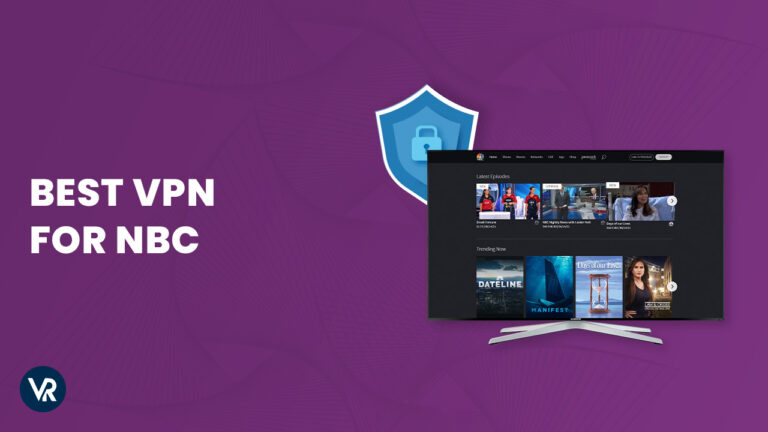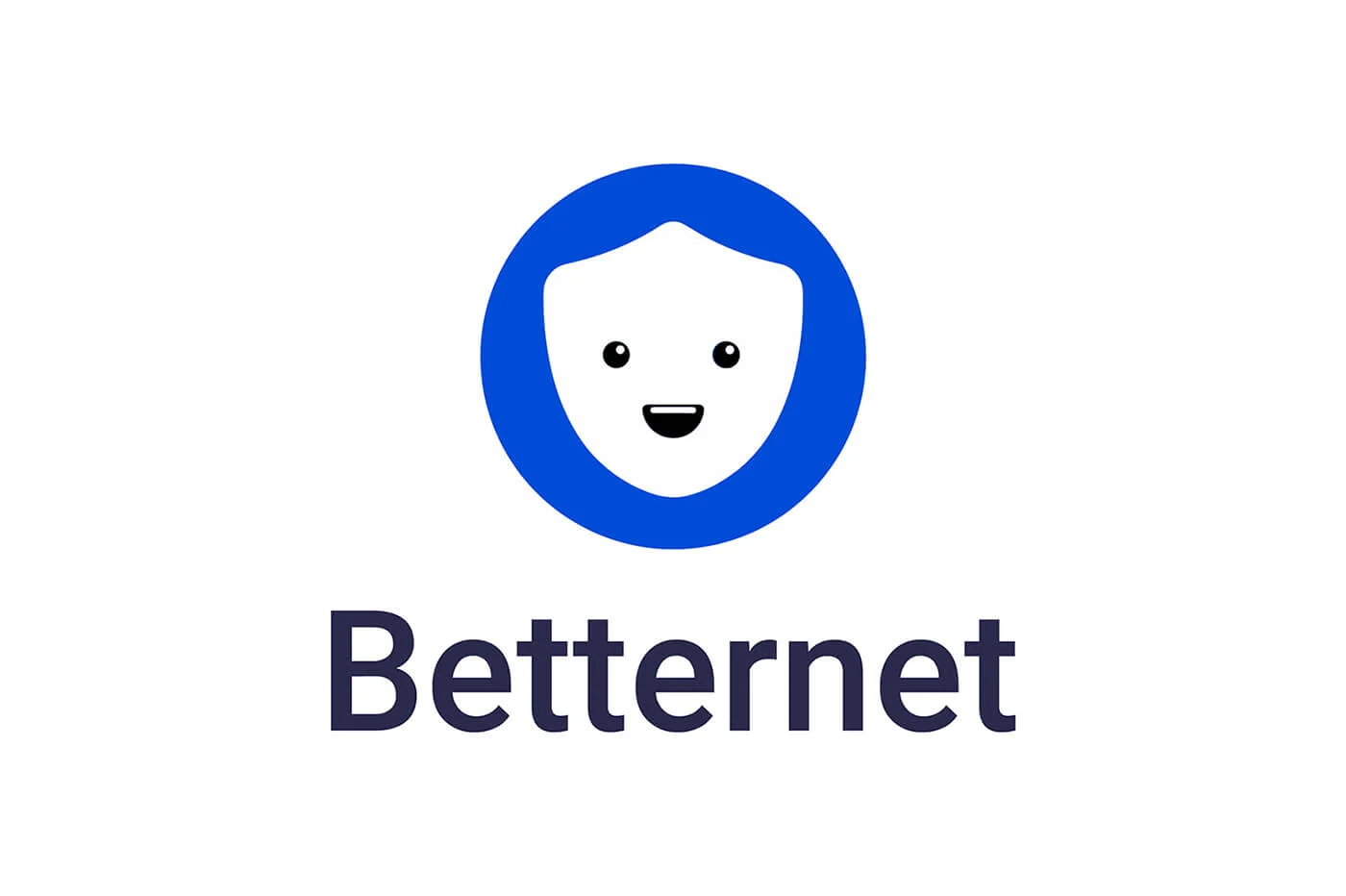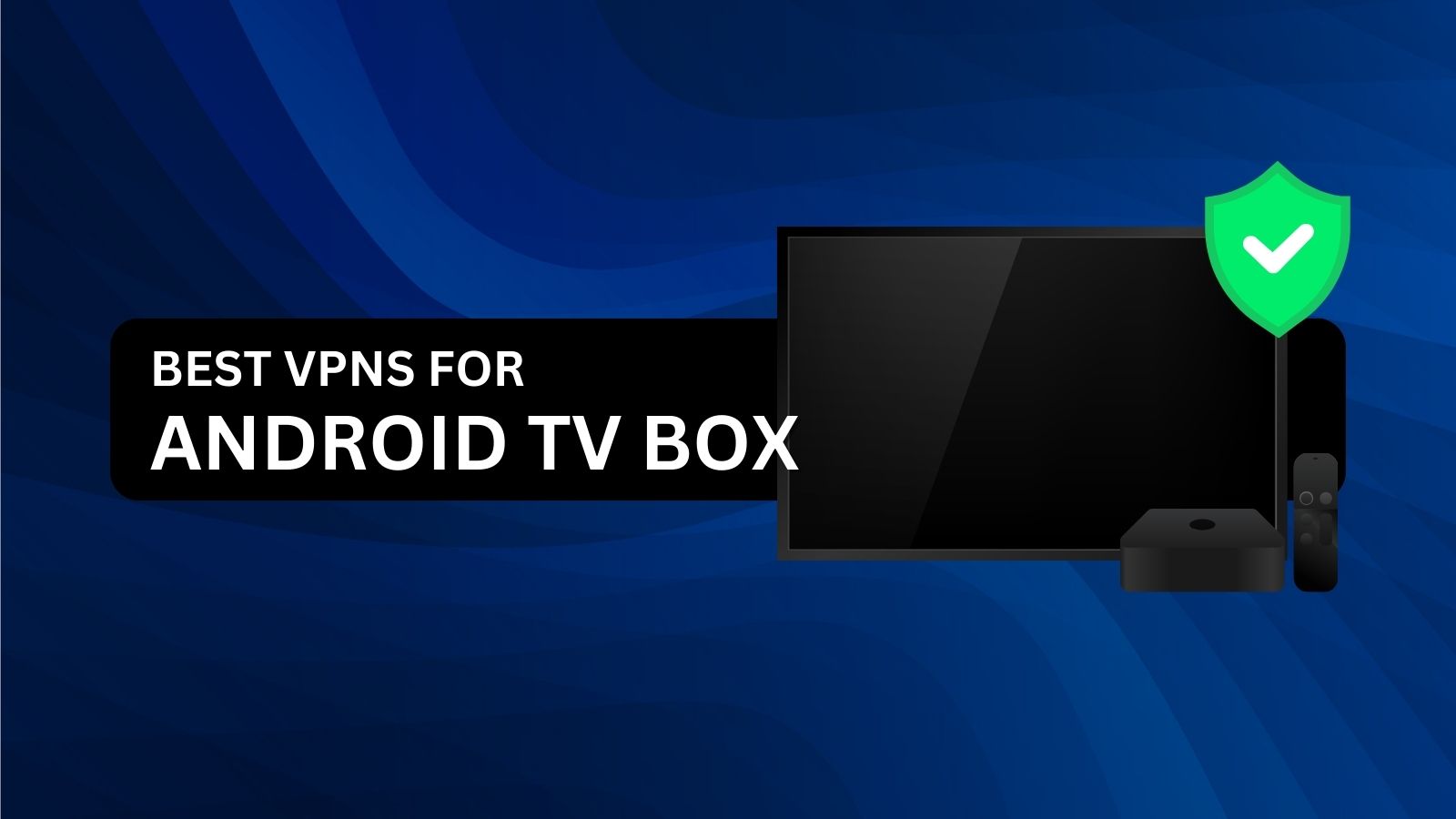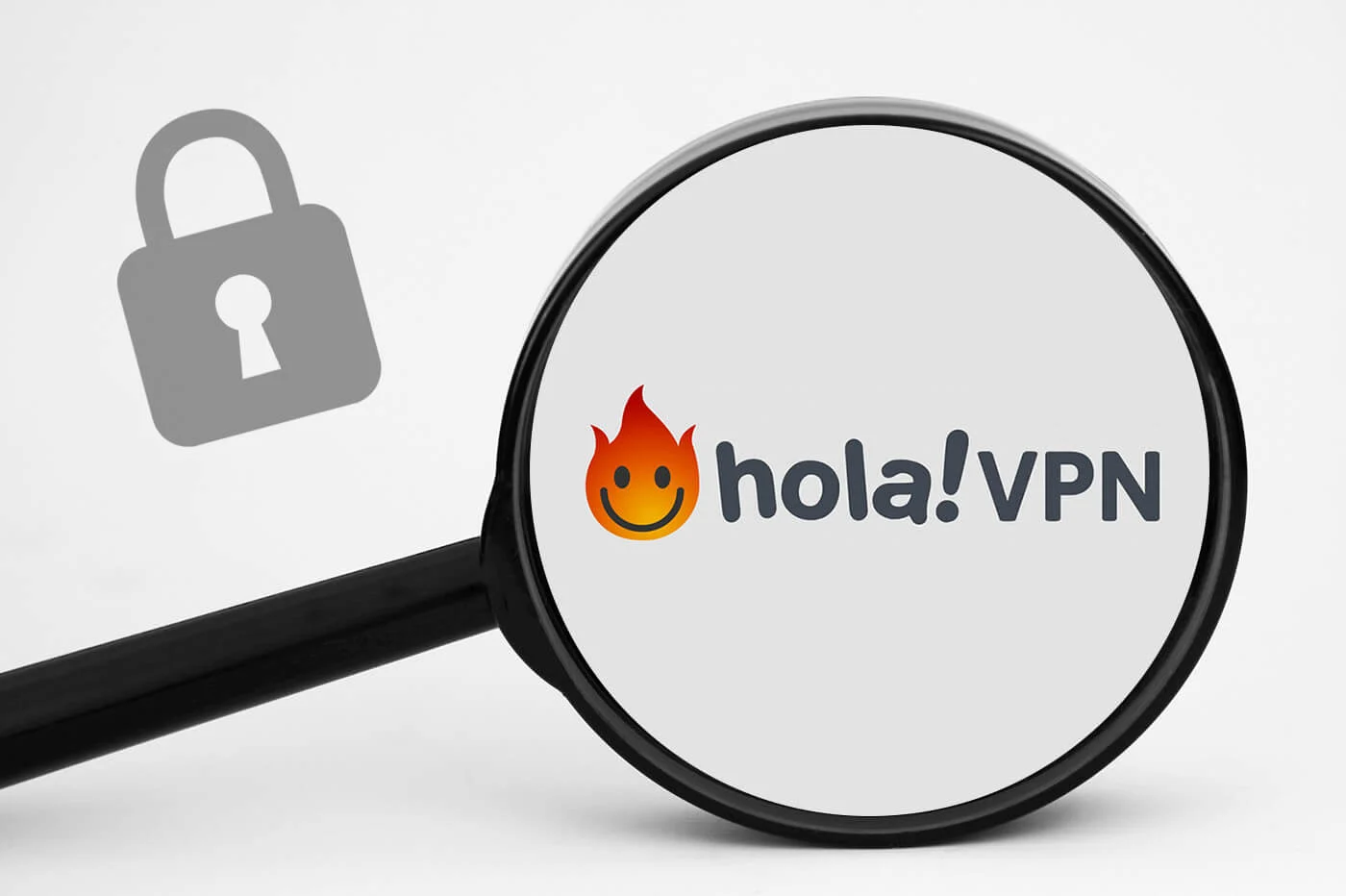Potential Consequences of the Digital Tech Divide and its Impacts
Bridging the digital tech divide is not only a matter of social justice but also an investment in the future, ensuring the digital age.
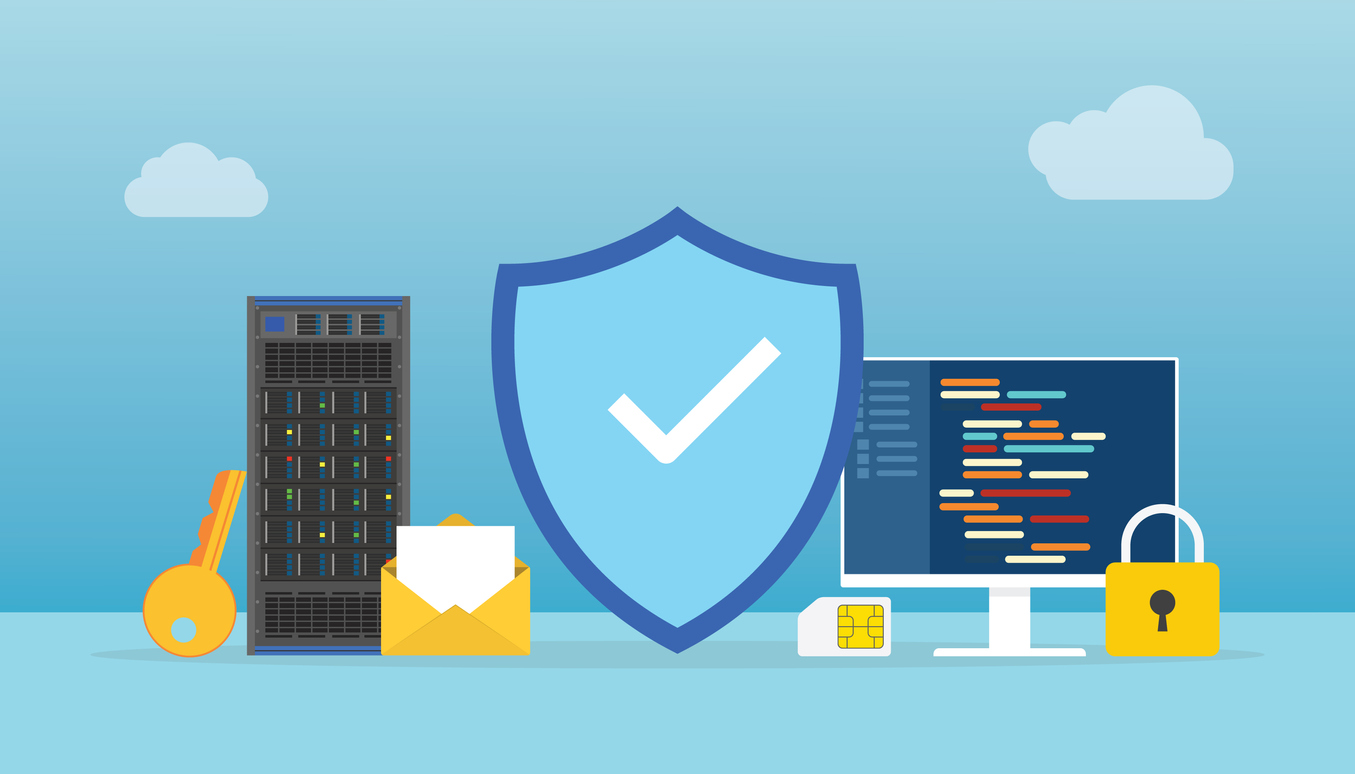
In an increasingly digitized world of digital tech divide, access to information and resources has become more crucial than ever before.
The internet has transformed the way we communicate, learn, work, and access vital services. However, not everyone enjoys equal access to these digital opportunities, leading to what is known as the digital divide.
This divide, based on disparities in access to technology and the internet, has far-reaching consequences for individuals, communities, and societies at large.
In this blog post, we will delve into the potential consequences of the digital divide and its profound impact on access to information and resources.
Defining the Digital Tech Divide
The digital divide refers to the gap that exists between individuals, households, communities, or regions that have access to digital technologies and the internet and those who do not. It encompasses various dimensions, including:
- Access: The first dimension is the most fundamental ? access to hardware and internet connectivity.
- Affordability: Even if access is available, the cost of devices and internet services can be prohibitive for many. This affordability barrier can exclude low-income individuals and families from the digital realm.
- Digital Literacy: Access alone is not enough. Digital literacy, the ability to use digital tools effectively and safely, is another dimension of the divide. Without the necessary skills, people may struggle to make the most of the digital resources available to them.
- Relevance: Some individuals may not see the relevance of digital technology to their daily lives. This perception gap can discourage them from adopting digital tools even when access and affordability are not significant barriers.
- Quality: Unequal access to high-quality internet connections and devices can result in disparities in the online experience. Slow and unreliable connections limit the ability to engage in online activities effectively.
- Educational Disparities:One of the most significant consequences of the digital divide is the uneven access to educational resources. In the digital age, education often relies on online platforms, resources, and tools. Students without access to these resources face disadvantages in terms of research, skill development, and academic success. The digital divide threatens to exacerbate educational inequalities, limiting opportunities for future generations.
- Economic Disparities: Access to information and resources is closely tied to economic opportunities. Many job applications and work-related tasks are now conducted online. Individuals with limited digital access may miss out on employment opportunities, job training programs, and career advancement. As the digital divide persists, it can perpetuate income inequality and hinder social mobility.
- Healthcare Disparities: In an era of telemedicine and online health information, the digital divide can have life-altering consequences. People without access to the internet may struggle to access crucial healthcare information, schedule appointments, or participate in remote consultations.
- The inability to access healthcare resources online can lead to delayed diagnoses and treatment, affecting health outcomes. This isolation can have detrimental effects on mental health and overall well-being.
- Inequality Amplification:Perhaps one of the most concerning aspects of the digital divide is its potential to amplify existing inequalities.
Bridging
Addressing the digital divide is a complex challenge that requires concerted efforts from governments, nonprofits, businesses, and communities. Here are some strategies to help bridge the gap.
The digital divide is a pressing issue with wide-ranging consequences for access to information and resources.
It hampers educational opportunities, exacerbates economic disparities, and impacts healthcare access, among other challenges.
To create a more equitable and inclusive society, it is imperative that we collectively work towards bridging this divide.
By investing in digital infrastructure, promoting digital literacy, and fostering collaboration among governments, businesses, and communities, we can move closer to a world where everyone has equal access to the benefits of the digital age.
Closing the digital divide is not just a matter of fairness; it is essential for the progress and well-being of all members of society.
What's Your Reaction?









